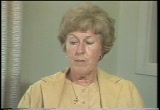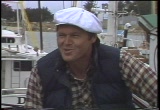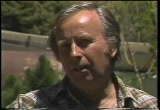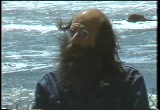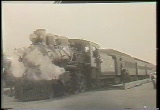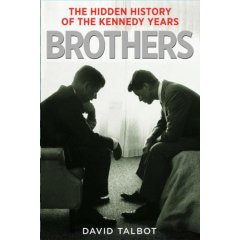[June,
An investigation is underway, seems as though I might have come across the wreck of the SanJuan on my way tuna fishing last Thursday 8/02/07, I’ll let you know more when I hear, NOAA may check the area out with a submersible!! I own The Vessel Brother Buzz @ Pillar Point… Fran (Brother Buzz) Young]
——————————————————————-
A while back, I wrote a three-part series about the horrific events that led to the explosion aboard the ill-fated commuter ship, the “San Juan.” If Fran Young, who was tuna fishing aboard the “Brother Buzz,” did indeed encounter the long buried “San Juan,” he will be bringing to the surface one of the most dramatic ship disasters to have occurred along this coastline.
Summer of 1929, Tragedy At Sea Near Pigeon Point by June Morrall, Part I
Emma Granstedt felt a premonition of danger as she boarded the popular âcommuter steamerâ? San Juan at San Francisco on Thursday, August 29, 1929.
The middle-aged Mountain View woman tried to explain the feelings she couldnât shake to her husband, Theodore: She was worried about an accident at sea, she told him.
Theodore assured his uneasy wife that there was nothing to worry about. The venerable 47-year-old iron steamer made routine runs between the City and Los Angelesâand he reminded her about the attractively inexpensive fare, ranging from $8 to $10 per passenger.
He may have pointed to the San Juanâs advertisement in the local newspaper: âA delightful way to travel,â? promised the ad. âOne fare includes comfortable berth, excellent meals, open-air dancing, promenade decks, radio musicâall the luxury of ocean travel. A trip to be remembered! The economic way that entails no sacrifice!â?
Premonition or not, it was too late for the Granstedts to change their mind.
It would mean canceling the plans they had made with the Palo Alto friends they were traveling with, John and Anna Olsen and the coupleâs 28-year-old daughter, Helen.
The Granstedts and Olsens were traveling to Southern California to attend a wedding anniversary celebrationâand the trip also gave them good reason to visit the Granstedtâs daughter, Irene, who was pursuing an acting career in Hollywood.
Emma may have been consoled to learn that only a few days earlier the San Juan had been in dry dock at which time a new rudder and propeller were installed. The vessel was cleaned, painted and the sea valves overhauled. The steamerâs radio was in tiptop shape, and life-saving equipment included six lifeboats and 110 life preservers for adults and 17 children.
Steamboat officials, who inspected the San Juan, pronounced her safe and in fine condition.
Daylight faded and the sky darkened as the sailing hour neared on Thursday, August 29. It was customary for the purser, Jack Cleveland, to sell tickets to impulsive travelers who made a last-minute decision to sail from San Francisco to L.A. One such last-minute ticket-buyer may have been 24-year-old Stanford graduate student Paul Wagner, who was on his way to visit his family in Southern California.
On board the busy steamer there was no hint of anything out of the ordinaryâbut one significant change had been made: 65-year-old retired Captain Adolph F. Asplund replaced the regular commander who had taken time off for his summer vacation. The experienced Captain Asplund knew every inch of the San Juan, as he had been her captain many years before.
When the San Juan left port, there were 110 men, women and children on board, 65 passengers and 45 members of the crew. All were settling in and a few hours later the steamer approached the beautiful Pigeon Point lighthouse, south of the village of Pescadero.
By now many of the sleepy passengers, including the Granstedts and the Olsens, headed for their staterooms below deck to rest on their first night at sea.
â¦To be continuedâ¦.
<em>Photo: Pigeon Point, courtesy San Mateo County History Museum, Redwood City.</em>
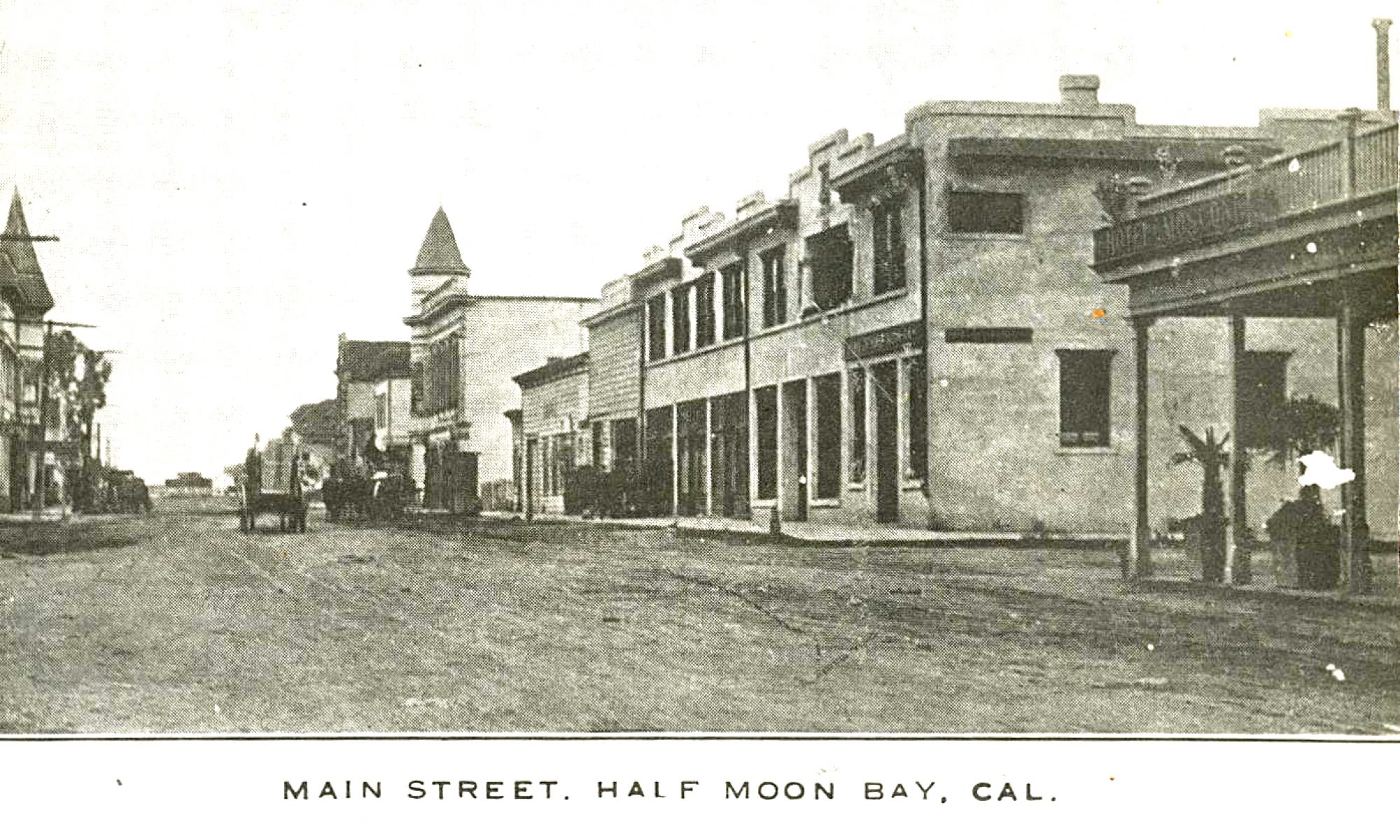
 Photo: San Juan (1929)
Photo: San Juan (1929)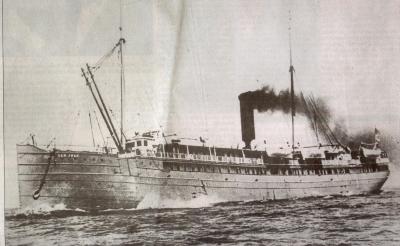

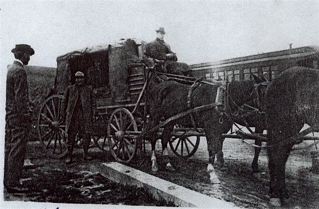
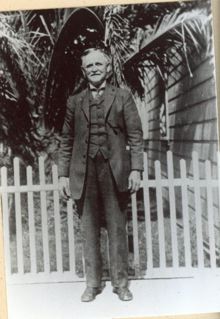
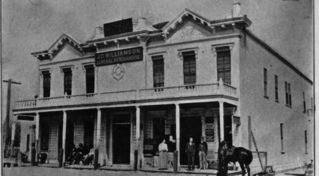


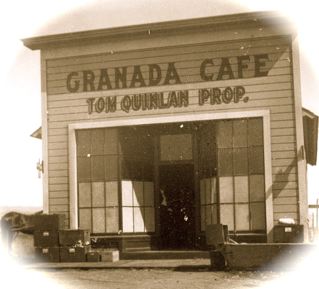 (Photo courtesy Spanishtown Historical Society. Visit the SHS on Johnston Street, east of the shops on historic Main St, Half Moon Bay.) I can’t help but notice Tom Quinlan’s name proudly emblazoned on his buiding, his business. He was “the man.” You don’t see that much today, do you?
(Photo courtesy Spanishtown Historical Society. Visit the SHS on Johnston Street, east of the shops on historic Main St, Half Moon Bay.) I can’t help but notice Tom Quinlan’s name proudly emblazoned on his buiding, his business. He was “the man.” You don’t see that much today, do you? 
